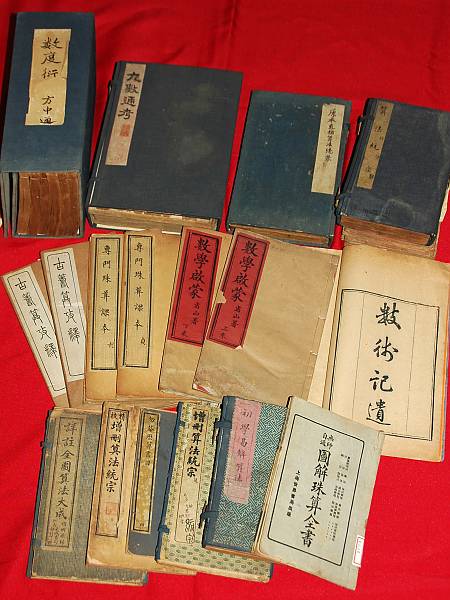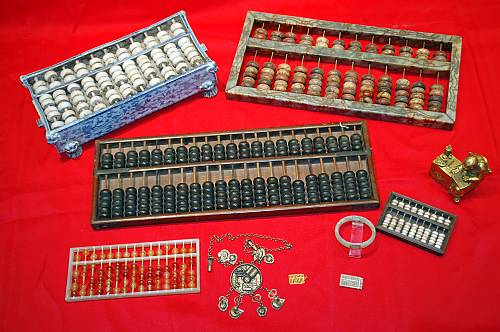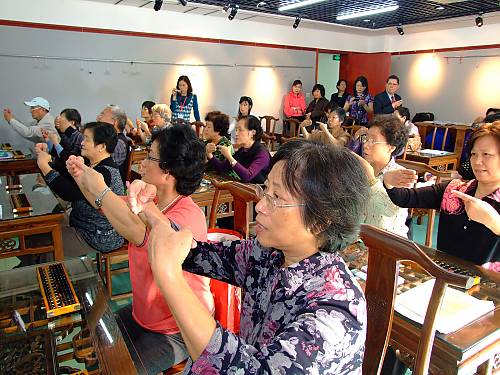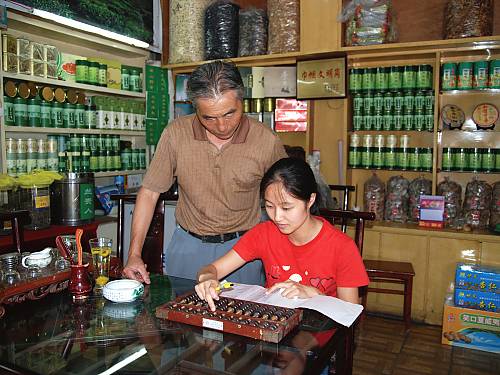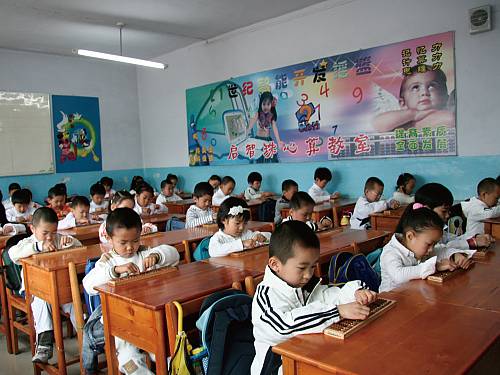Chinese Zhusuan, knowledge and practices of mathematical calculation through the abacus
Inscribed in 2013 (8.COM) on the Representative List of the Intangible Cultural Heritage of Humanity

Chinese Zhusuan is a time-honoured traditional method of performing mathematical calculations with an abacus. Practitioners can perform addition, subtraction, multiplication, division, exponential multiplication, root and more complicated equations by moving beads along the abacus rods according to defined formulas. Chinese Zhusuan has played a vital role in giving an impetus to mathematical studies, promoting algorithmic practices and fostering intelligence. Zhusuan oral formulas have easy-to-learn rhymes that represent specific calculation rules and summarize the arithmetic operations. Beginners can make quick calculations after some fairly basic training, while proficient practitioners develop an agile mind. Zhusuan is widely used in Chinese life and is an important symbol of traditional Chinese culture, providing a strong sense of cultural identity. It has been handed down through generations by traditional methods of oral teaching and self-learning. Training in abacus-based mental arithmetic is thought to improve a child’s attention span, memory and mental capability. Today, it contributes to the advancement of calculating techniques, cognitive schemas, educational psychology and intellectual development. It also has a far-reaching influence in various fields of cultural creativity, including folk customs, language, literature, sculpture and architecture.
